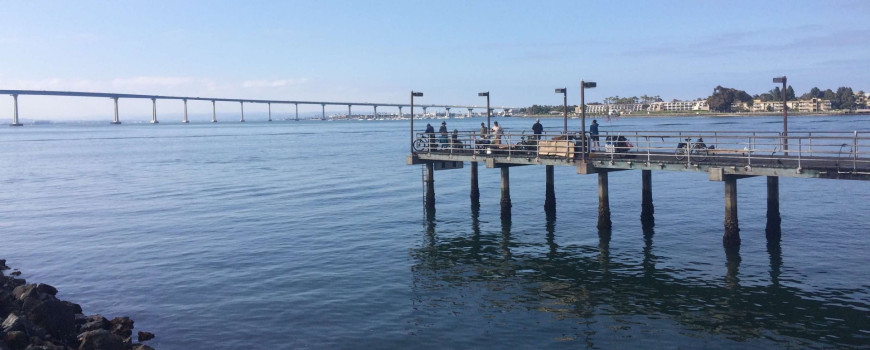Why do people harvest local seafood despite known health risks?
This project contributes to our knowledge of the risks associated with self-harvested seafood in San Diego Bay by looking closely at the bay's food resources (shellfish and finfish) and the people who harvest them. Our work leverages recent and continuing consumption and contamination studies, and focuses on the following objectives:
- What shellfish are available in the bay? Determine the types and abundances of publicly accessible shellfish and their biological and chemical contaminant risks.
- Who harvests seafood from the bay, and why? Determine who is harvesting seafood from the bay (including demographics and use patterns), and why (cultural, economic, and health-related factors).
- How can we better manage the bay's resources? Collaboratively develop ecologically- and culturally-based seafood consumption information to inform harvest and consumption decisions, and contribute to broadening stakeholder discussions about the future of San Diego Bay.
Project partners:
Physis Environmental Lab
San Diego Regional Water Quality Control Board
Ocean Discovery Institute
Dimitri Deheyn at UCSD Scripps Institution of Oceanography
Michael Baker at UCSD School of Medicine



